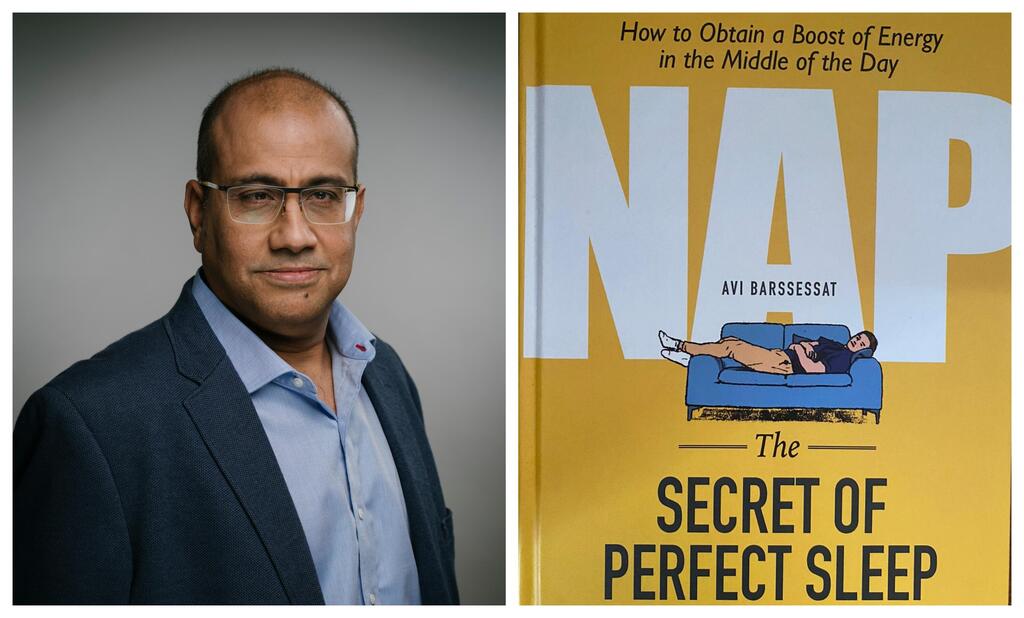Reuben Braham is the VP of Marketing at Cynet, an end-to-end, natively automated XDR platform. He has joined CTech to share a review of “Nap: The Secret of Perfect Sleep” by Avi Barssessat.
Title: “Nap: The Secret of Perfect Sleep”
Author: Avi Barssessat
Format: Book
Where: Home, Commute, Vacation
“Nap” by Avi Barssessat gives a lot of valuable insights regarding (you guessed it right) an afternoon nap. Long after the Far East understood it and technology giants such as Google and Meta embraced it, the secret reached the masses. As one who lived long years sleeping on average of five hours a day, this headline caught my attention. Because let’s face it: a long 7-8 hours of rest a night as recommended by the doctors seems almost impossible in today’s fast-paced reality. This innovative, free solution, asks “only” for 15-30 minutes of your time, and the ROI might make you want to reconsider bringing your pillow to the table.
In this book, Barssessat explorers the nap and its impact from various perspectives:
-
Work: As opposed to the common thought, which urges us to work harder, and sees breaks as a sign of laziness, the book proposes a new approach that respects sleep and those who use it. On the contrary, it even claims that sleep gives us more power to function productively in our day-to-day lives. They call it “power nap” for a reason, and a lot more talented people use it than you think.
-
Health: Rejuvenation of cells, prevention of diseases and mental decline, strengthening the immune system, and decreasing the risk of diabetes. All of those are just the tip of the iceberg when it comes to the health benefits of a proper afternoon nap. But beware not to step into REM (deep) sleep – then it will have the opposite effect on your day.
-
Emotion: The book shows consistently how people who take these 20-30 minutes to rest are more productive, creative, calm, and positive at work, and through the rest of their day.
Initially, this notion seemed peculiar to me at first, but I decided to give it a chance. Throughout my life, I slept for very short periods due to very demanding positions, and apparently, I’m not the only one. The book showcased many studies and case studies about famous artists and inventors who used it, as well as a clear distinction between the kinds of suggested naps.
“Nap” gave me a new habit to consider, one that I already started to act upon when possible. The book was very convincing, and seeing its immediate effect, I started to run it by our HR department for revision. In my opinion, this book is another milestone in the way to change how we think about work-life balance, employee well-being, and workplace culture.
Who should read this book:
Target audiences could include productivity freaks such as myself, especially those who work in highly demanding roles and stressful industries (yes, Cyber, I’m talking to you), CEOs, VPs, and entrepreneurs who are too good to sleep at night, as well as mid-level managers, HR executives who want to lead a social change at their company. Self-employed individuals would probably benefit from it as well, if they are able to construct their day around a good afternoon sleep.
I see this book as a change agent, and while not every employee can lead immediate changes at his/her workplace, certain people or a critical mass of them will probably do. This is an important book to bear in mind, which raises awareness by giving a satisfying overview of the theme.





